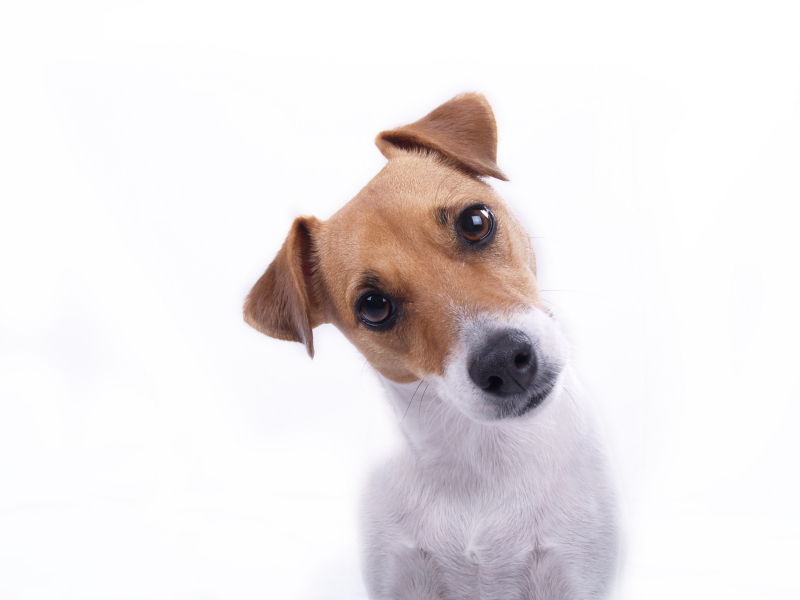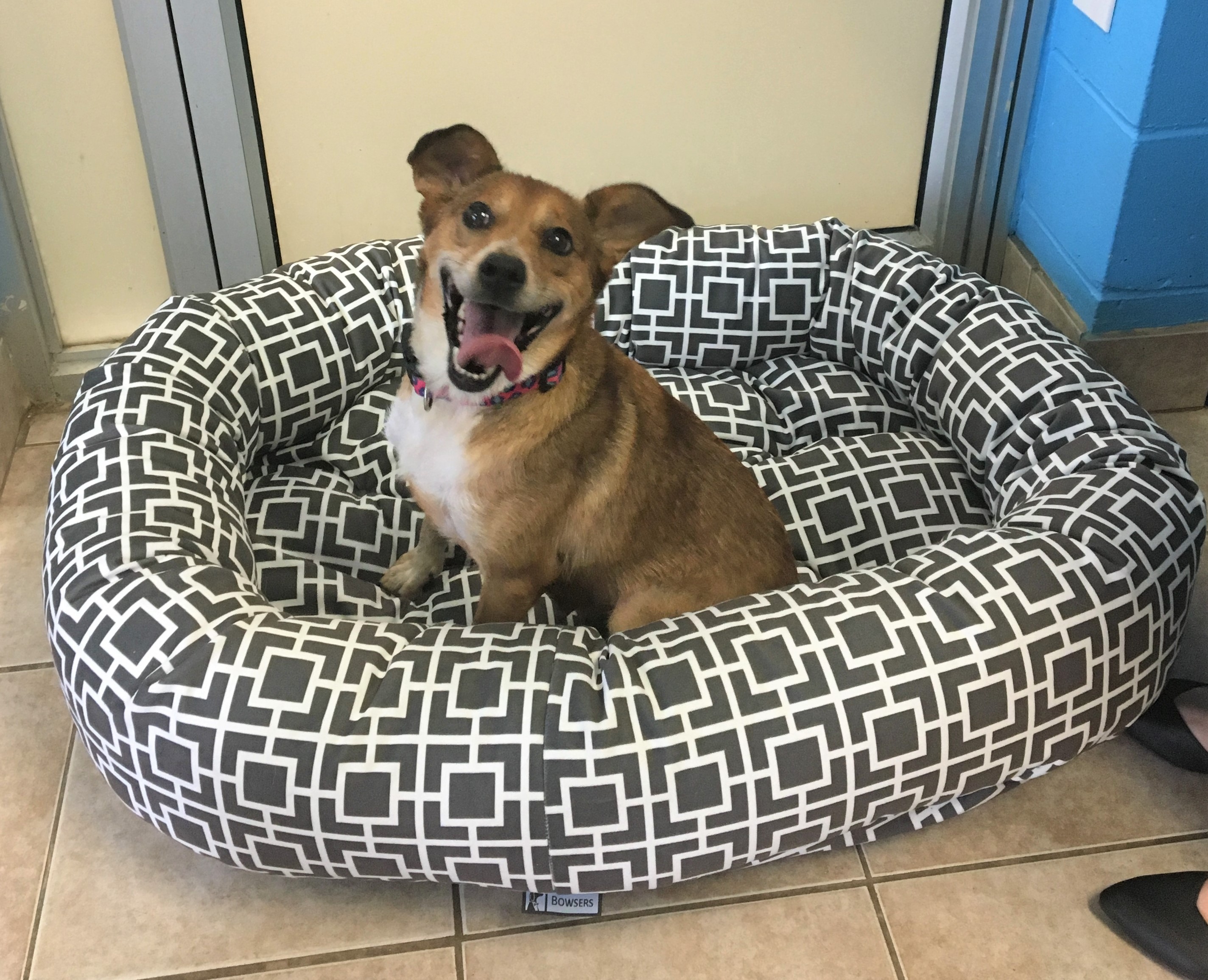Home alone. Scary words to a dog with separation anxiety.
Understanding the disorder is the first step to dealing with it. There isn’t a simple ‘fix,’ but there are things you can do to help your dog cope with being alone.
What Is Separation Anxiety
Separation anxiety (SA) is defined as a dog’s panicked response to being left alone. Symptoms include: destructive behaviour, soiling indoors, continual barking, excessive drooling/panting, attempting to ‘escape’ a room or crate.
is defined as a dog’s panicked response to being left alone. Symptoms include: destructive behaviour, soiling indoors, continual barking, excessive drooling/panting, attempting to ‘escape’ a room or crate.
How To Diagnose
Since certain behavioural or medical problems can produce similar symptoms, proper diagnosis is crucial to effective treatment. Consult your vet about health issues that may be causing your dog’s behaviour. Three criteria are used to confirm SA.
The behaviour happens:
- each time you leave the house
- only happens when you’re away
- starts even before you leave
Causes & Prevention
 Dogs are social animals, live naturally in groups and aren’t built to be alone all day. SA can also be caused by traumatic events (being abandoned/lost, death of a person/another pet, moving).
Dogs are social animals, live naturally in groups and aren’t built to be alone all day. SA can also be caused by traumatic events (being abandoned/lost, death of a person/another pet, moving).
SA can be prevented if you start with a puppy. Teach him to be quiet/calm for increasing periods of time and reward this behaviour. He’ll learn to associate your departure with something positive.
If your dog already has SA you can download the Nova Scotia SPCA Tip Sheet for help.With time, patience and consistency you can help your dog overcome SA and enhance their quality of life.
